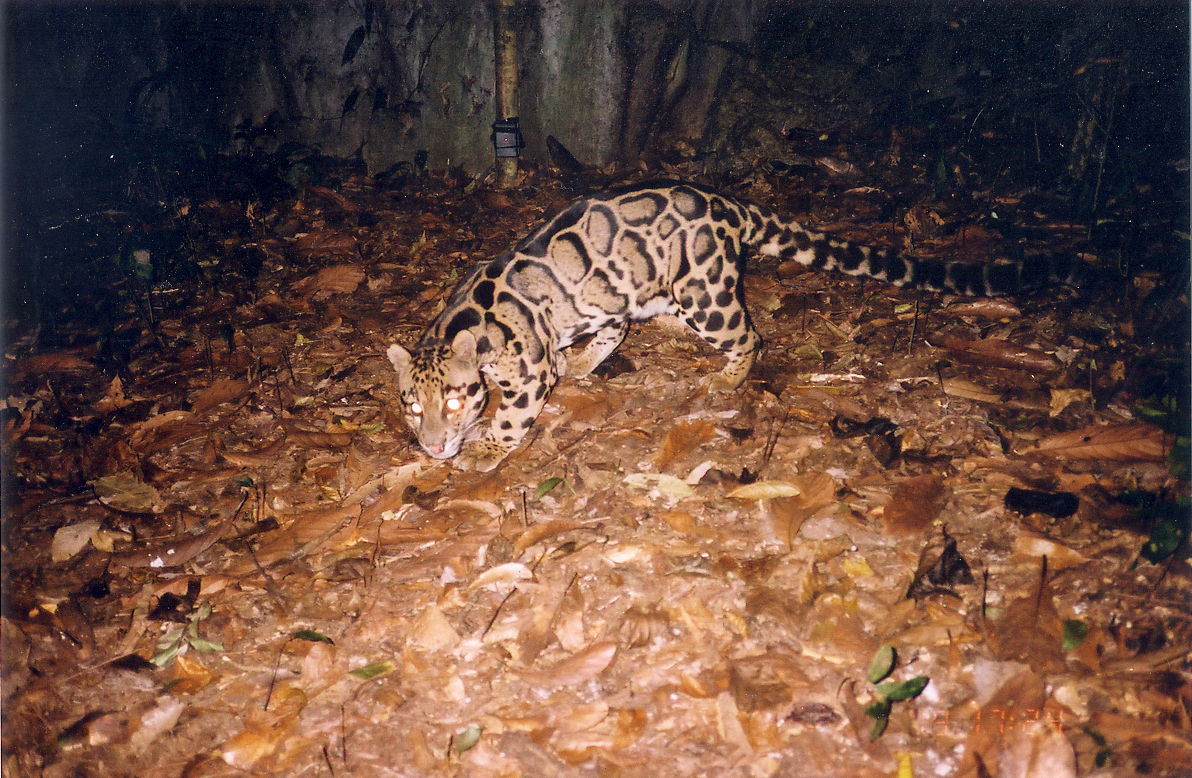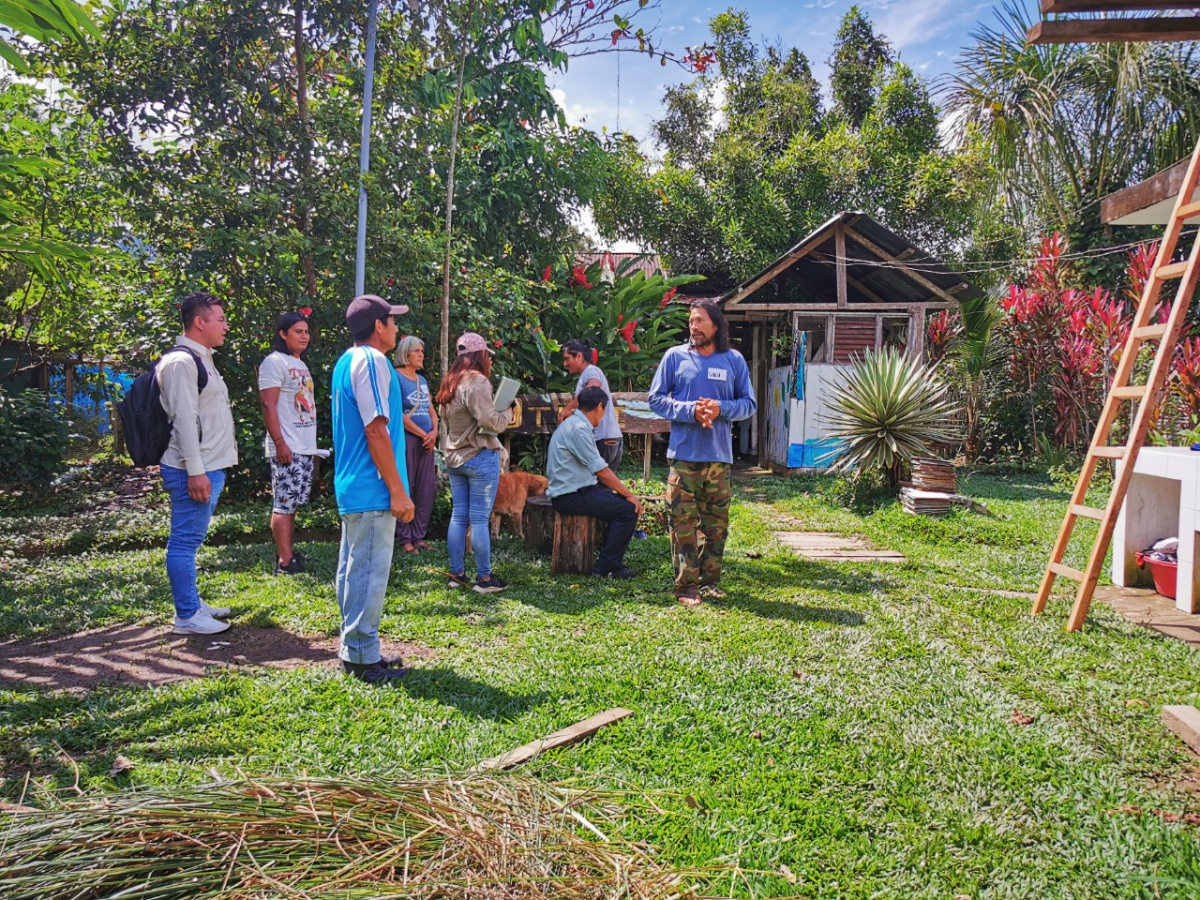‘Wildlife Insights’ – real-time data for conservation decision-making
Wildlife Insights is a global platform that will bring together near real-time data on wildlife populations to create the most comprehensive wildlife monitoring platform on the planet. Wildlife Insights will provide data and tools that can be used to rapidly advance conservation science, decision making, and action.

Biodiversity data is key to evaluating the successful conservation outcomes of protected areas. Photo: Tropical snail-eating snake, Farallones de Cali, Colombia c.
Photo: James Hardcastle/IUCN.
Conservation International, the North Carolina Museum of Natural Sciences, the Smithsonian Institution, the Wildlife Conservation Society, and Google have partnered to build the platform, with support from the Gordon & Betty Moore Foundation.
Wildlife insights & IUCN collaboration
Wildlife Insights partners and IUCN are exploring a new collaboration that will link the Wildlife Insights platform to the IUCN Green List Standard for Protected and Conserved Areas. This collaboration marks a major step forward in evidence-based conservation. By providing an open-access platform for global wildlife data, we believe protected areas will be able to improve their effectiveness, ultimately resulting in stable/recovering wildlife populations and in improved ecosystem benefits and healthier protected areas.
 Photo: IUCN
Photo: IUCN
The issue
Protecting wildlife is challenging, especially when we know so little about the current state of wildlife or the effectiveness of our conservation actions. For most of the planet, there is little or no near-real-time information on how wildlife populations are changing. The challenge is not in the absence of wildlife data, but in maximizing its accessibility and use.
Thousands of camera traps are deployed around the world every year, but existing camera trap data are difficult to process and sit in isolated silos. This is troublesome because many communities, governments, and conservation organizations may spend considerable resources on protecting wildlife, but do not have the tools to take advantage of all these data to test what works and what does not. If we are not able to monitor the status of wildlife populations, we have no hope to effectively manage them.
Protected areas would greatly benefit from reliable, up-to-date information on wildlife trends and diversity. A central issue is understanding how protected areas are performing as vehicles for conservation and how effective they are at delivering conservation outcomes. One of the problems is that the underlying tools that we currently have to measure protected area effectiveness are not robust enough to establish this convincingly. Most existing tools designed to evaluate protected area effectiveness do not assess important dimensions such as biodiversity outcomes, governance and equity.
 Clouded leopard caught by camera trap in Pu Huong Nature Reserve, Viet Nam
Photo: Clouded leopard caught by camera trap in Pu Huong Nature Reserve, Viet Nam
Clouded leopard caught by camera trap in Pu Huong Nature Reserve, Viet Nam
Photo: Clouded leopard caught by camera trap in Pu Huong Nature Reserve, Viet Nam
Clouded leopard caught by camera trap in Pu Huong Nature Reserve, Viet Nam. Credit Le Thien Duc.
A data driven approach to evaluating protected area effectiveness
We need an evidence-based approach to measure how effective protected areas are, not only in management, governance and equity, but also in ensuring that the species that live in the protected areas are being sustained at the levels required to maintain healthy populations.
IUCN has recently developed the IUCN Green List Standard for Protected and Conserved Areas, which benchmarks good performance of protected and conserved areas through a number of criteria relating to four key components of success: good governance; sound design and planning; effective management; and successful conservation outcomes.
The IUCN Green List provides a motivation to seek and implement tools and methodologies that can help demonstrate successful conservation outcomes, including biodiversity. Yet this is not a simple task. The absence of comprehensive biodiversity monitoring programs in most protected areas forces managers and other stakeholders to rely on records from the past, which can bias biodiversity indicators in different ways.
Wildlife Insights will provide an open access platform where Green List participants can access, analyse, and share global wildlife data to inform the status of conservation actions. Connecting Wildlife Insights and the IUCN Green List provides an important opportunity to build and promote robust biodiversity indicators, which ultimately contributes to developing a more holistic framework for evaluating protected area effectiveness. The Wildlife Insights and IUCN collaboration envisions that enabling data-driven wildlife conservation will help contribute to the recovery of global wildlife populations.
By Nicole Flores (Conservation International) and James Hardcastle (IUCN)



